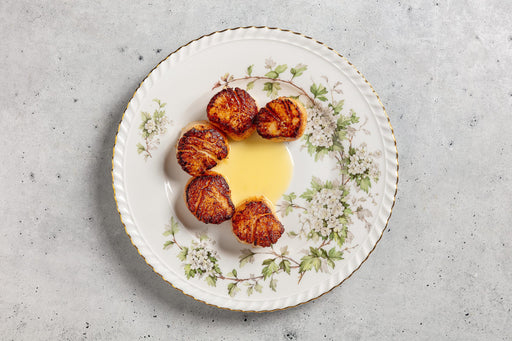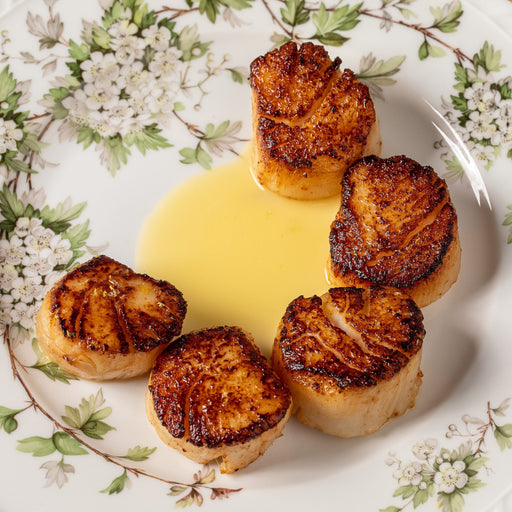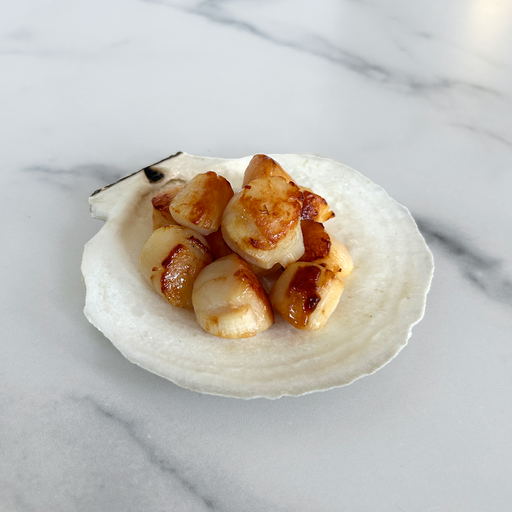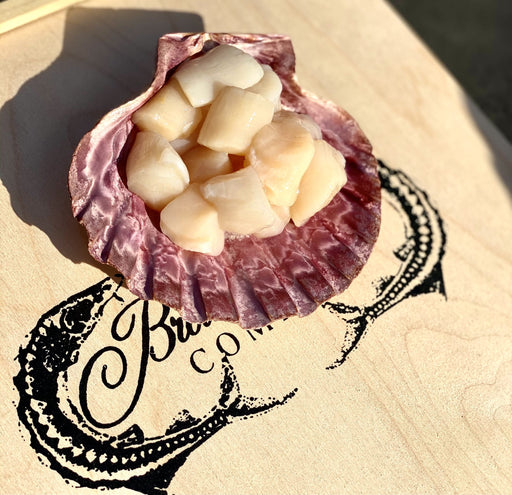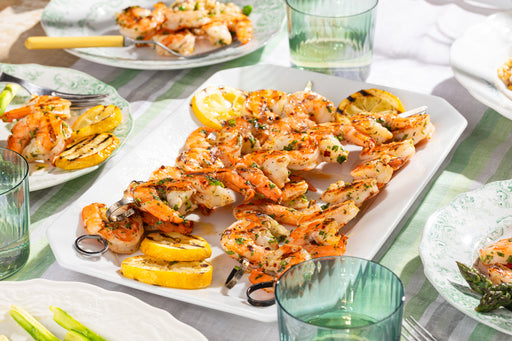KNOWN TO MANY CHEFS as “Dublin Bay Prawns” and the “Norway Lobster,” or even “Lobsterettes.” Langoustines are always in high demand in kitchens all over the world. Widely regarded by gourmands as one of the top shellfish species available on the market. It is coveted for its delicate texture and delicious flavor. There is no argument about its quality. Only over whether it is more like a shrimp, or more like a lobster.
Langoustines look similar to the Maine lobster. They are of the lobster family, but much smaller. With a far more slender body, they have elongated narrow pincers instead of wide claws. However, to some purists, this is the only crustacean deserving of the name “prawn.” A word that many associate with large shrimp.
A further confusing matter, is the fact that Italians call their Mediterranean langoustines, “Scampi.” Scampi is a popular dish in the U.S. that instead features sautéed shrimp. Species of langoustine are found predominantly in the Atlantic Ocean from Iceland south to Morocco into the Mediterranean, off of coastal New Zealand, and Australia as well.
Metanephrops Challengeri
This species is the one we showcase at Browne Trading. “Langostinos” generally refers to the coldwater Pleuroncodes monodon caught off the coast of Chile. These delectable decapods are typically 6-8 inches in length. They count out at approximately 5-7 per pound or larger. Pinkish-white in color with reddish-orange bands and spiny, ridged shells, they feature rather long antennae and pincers.
These can be of equal length to the rest of their bodies. Unlike other crustaceans, their shells do dramatically change color when cooked. Their sweet meat is found only in the tail and claws. It cooks white. Use the entire langoustine when creating sauces or soups. Most describe their texture as more akin to cooked shrimp than lobster. Grilling and poaching in heavily salted water are the more popular cooking methods for langoustines.
The Length of Cooking Time
Best kept to the minimum necessary, at 2-3 minutes, depending on the recipe. Smaller ones are well suited for a court bouillon, other types of soups, paellas, and pasta dishes. Larger ones can be split open and placed on the grill. While fresh langoustines are certainly a prized treat, frozen langoustines are more common on the U.S. market due to their fragility.
Catch Region: Coastal New Zealand
Seasonality: Year Round – Sold Frozen
Catch Method: Trawl Caught
Yield: 20%
Flavor Profile: Mild, Sweet
Texture Profile: Firm
Substitute:
- Shrimp
- Picked Crab Meat
- Maine Lobster Meat




